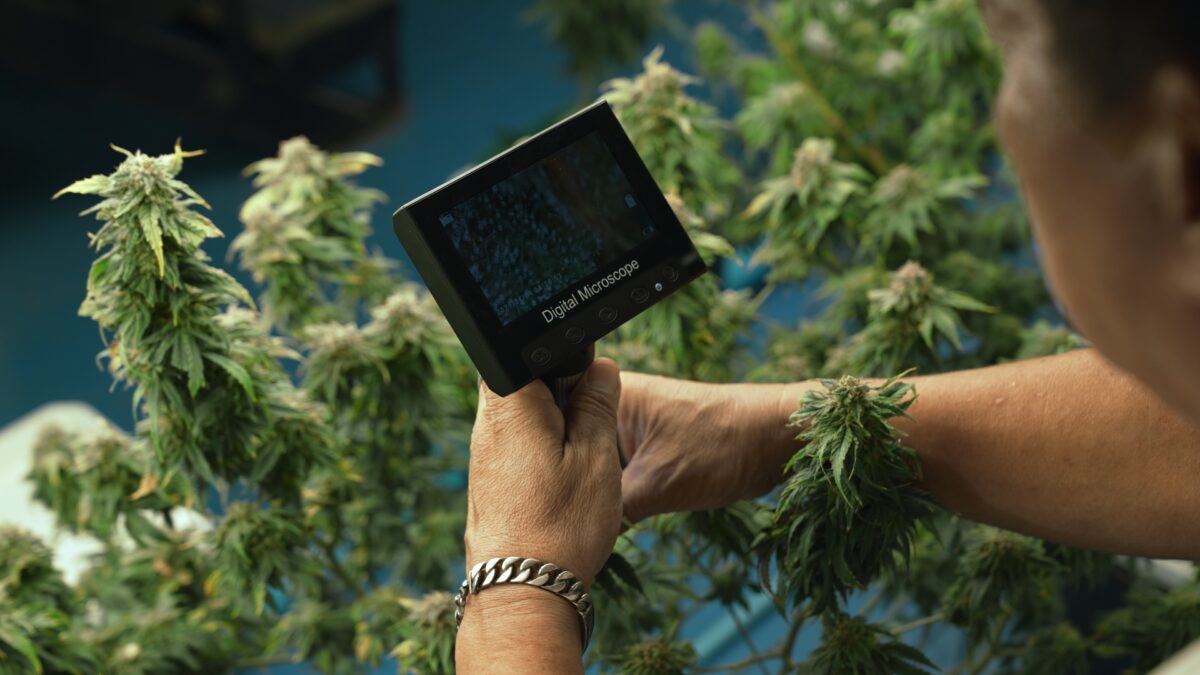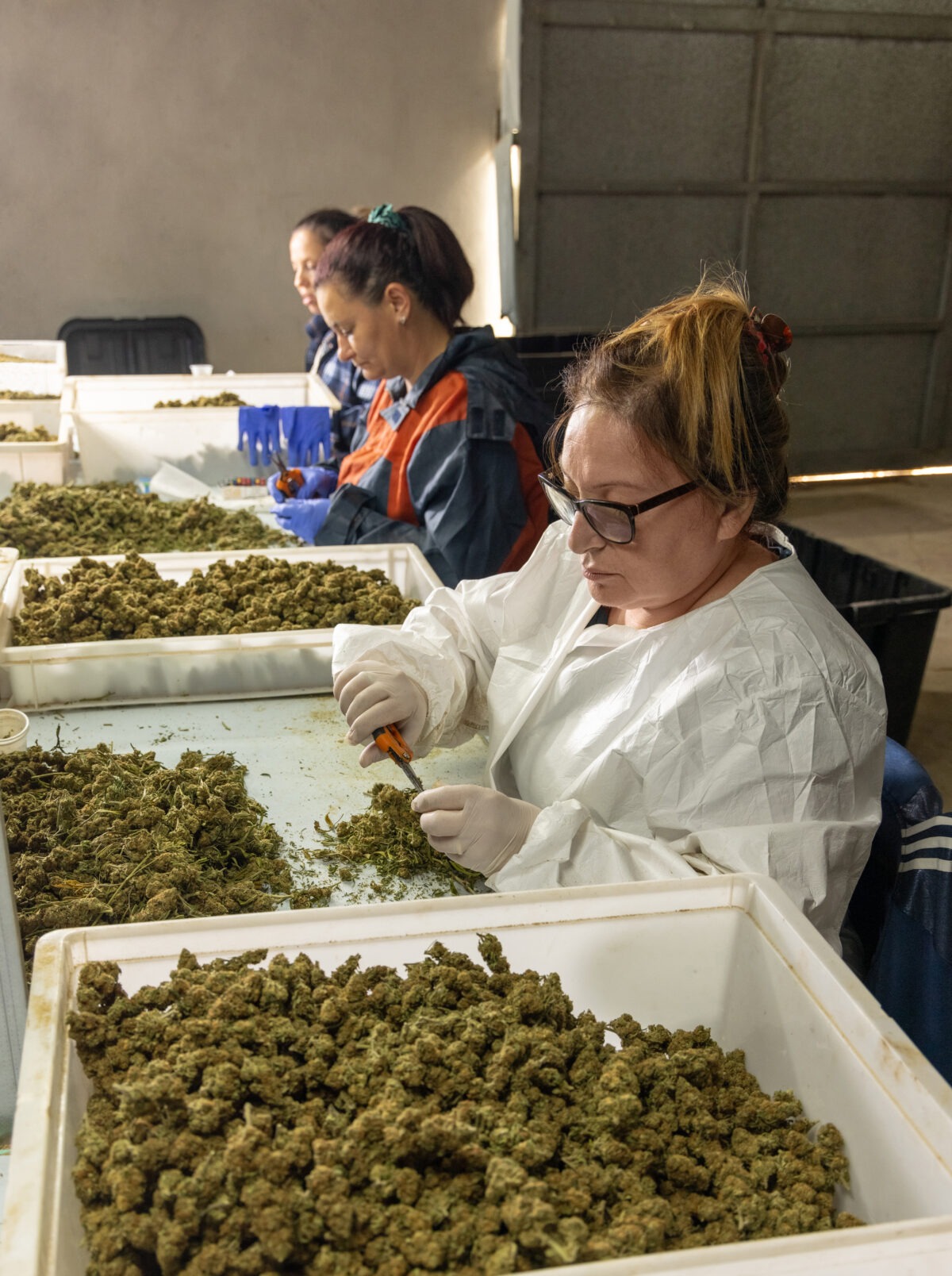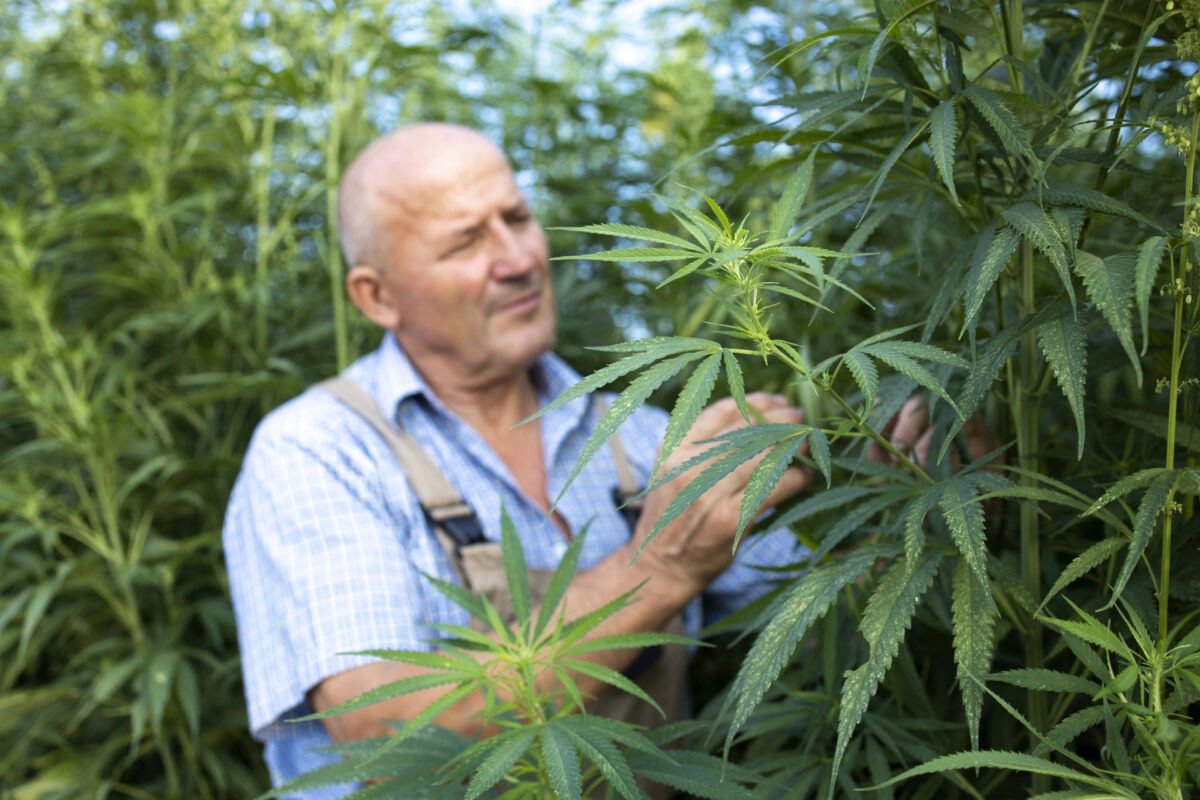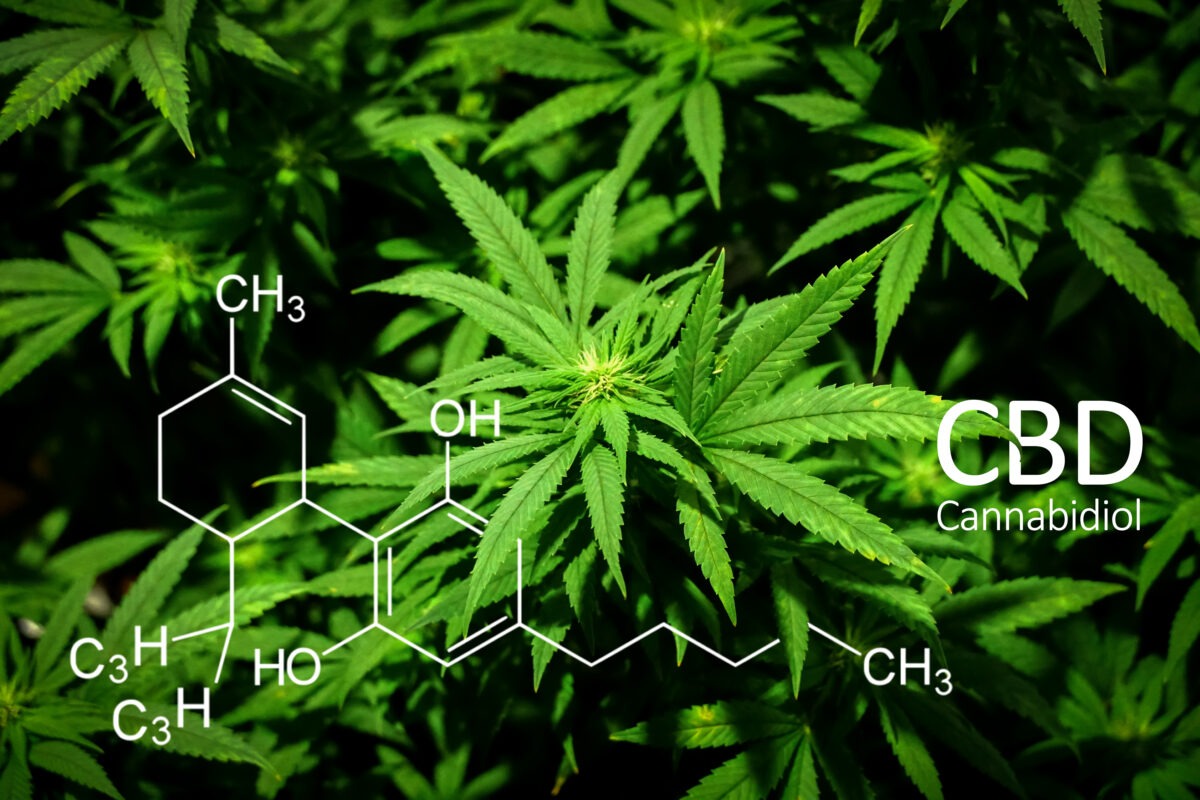Cannabis and Pets: Investigating Cannabis-Derived Products for Our Pets
As our comprehension of the potential advantages of cannabis broadens, the curiosity surrounding its application for our four-legged friends also grows. Cannabis-derived products, notably CBD oil, are gaining momentum as solutions for various pet conditions, ranging from anxiety to pain relief. In this article, we’ll look into the realm of cannabis and pets, exploring how these products are making a significant impact on pet care.
Understanding CBD for Pets:
CBD, or cannabidiol, is one of the many compounds found in the cannabis plant. Unlike its counterpart THC (tetrahydrocannabinol), CBD is non-psychoactive, making it a safe option for pets. It interacts with the endocannabinoid system, which exists in humans and animals, influencing functions like pain, inflammation, and mood.
CBD for Anxiety:
Anxiety is not limited to humans; our pets can also suffer from this condition. Stressors like separation anxiety, thunderstorms, or visits to the vet can cause significant distress in animals. CBD has shown promise as an anxiety-reducing compound, offering a sense of calm to our furry friends. Pet owners have reported positive results in alleviating anxiety-related behaviors when incorporating CBD into their pet’s routine.
Pain Relief for Pets:
Whether due to old age, injury, or chronic conditions, pets can experience discomfort and pain. CBD’s potential for pain relief has piqued interest among pet owners and veterinarians. It may help reduce inflammation and relieve pain without the side effects associated with some traditional medications.
CBD Products for Pets:
CBD for pets is available in various forms, such as oils, tinctures, treats, and capsules designed with the particular requirements and preferences of animals in consideration. When contemplating CBD for your pet, it’s vital to select high-quality products formulated specifically for pets to guarantee safety and effectiveness.
Seeking Guidance from a Veterinarian:
While CBD displays potential in pet care, it’s vital to seek advice from a veterinarian before incorporating any new supplements or treatments into your pet’s regimen. A veterinarian can offer recommendations regarding the proper dosage and closely monitor your pet’s response to CBD. Additionally, they can assess any underlying health issues that may necessitate alternative treatments.
Prioritizing Safety
Ensuring your pet’s safety is of the utmost importance. Store CBD products out of your pet’s reach to prevent accidental ingestion and follow the recommended storage guidelines. Keep a close eye on your pet’s reaction to CBD and adjust as needed. It’s crucial to use CBD products explicitly designed for pets and avoid human CBD products, as they may contain substances that could be harmful to animals.
The use of cannabis-derived products, particularly CBD, in pet care is an evolving field with potential benefits for our animal companions. As we continue to explore the possibilities of these products, it’s important to approach their use with care under the guidance of a qualified veterinarian. CBD may offer a new dimension in pet wellness, relieve anxiety and pain, and improve the quality of life for our beloved pets.










